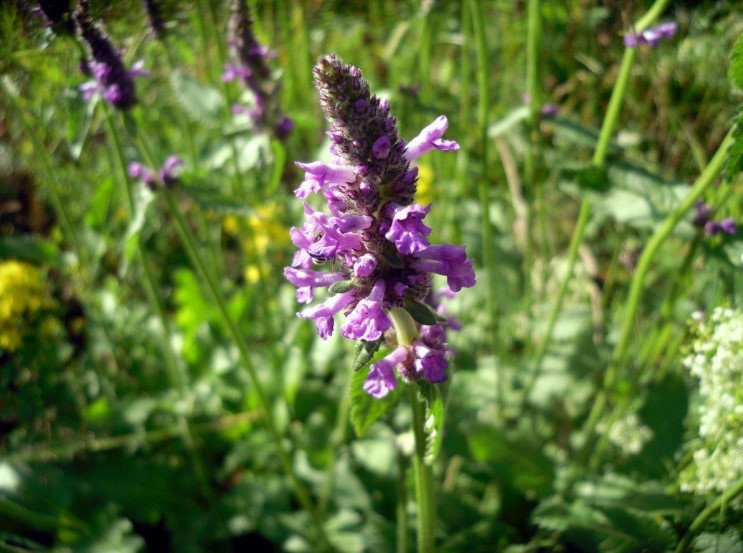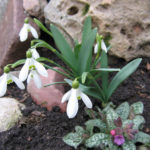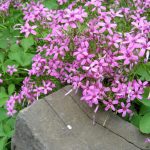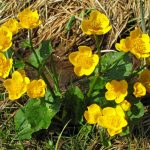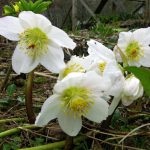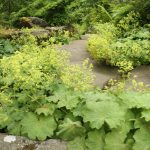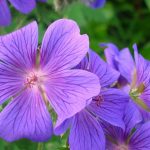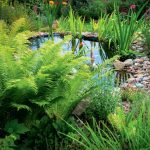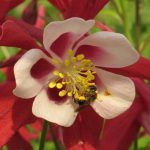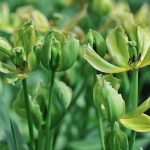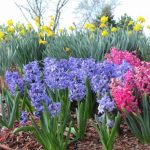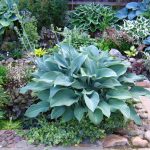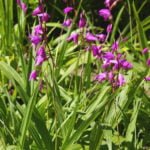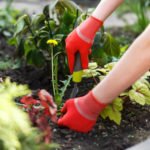Betonica officinalis is a perennial rhizomatous herbaceous plant of the family Lamiaceae (Labiatae). Very common, found everywhere. Grows in mixed forests and woods, meadows and forest glades.
Botanical features
The easiest way to notice Betonica in the flowering time, when its stems with apical spike inflorescences rise to a height of 50 to 100 cm Flowering long-from about mid-June to the end of summer.
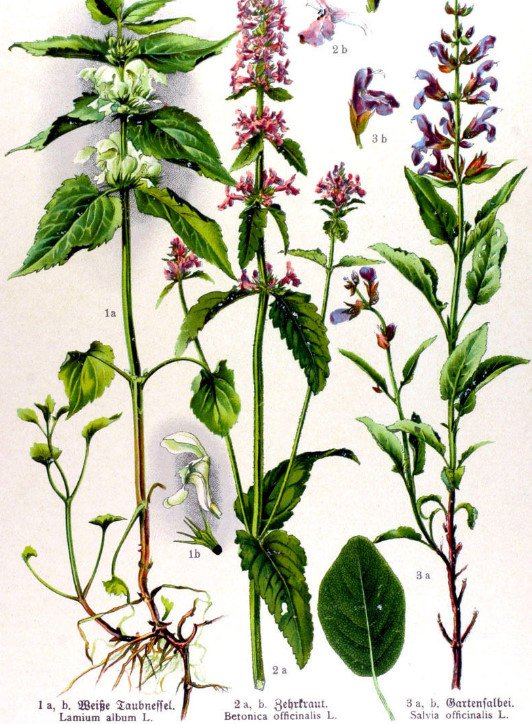
However, large, densely pubescent leaves of Betonica is also hard to miss even among the meadow grasses. They are drawn to touch, and to the touch they are very pleasant — soft, velvety. The lower leaves are elongated and ovate have long petioles and form a rosette; on the hairy tetrahedral stem, the leaves are opposite, the petioles are very short; the upper narrow leaves are almost sessile.
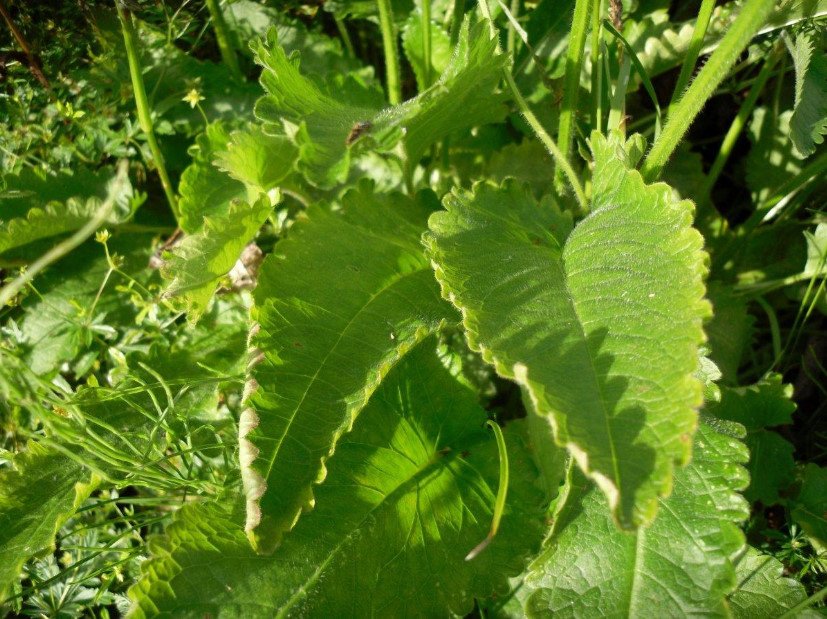
Purple-pink flowers form half-closed in the axils of the upper leaves; the stem is crowned by a long (up to 10-15 cm) spike inflorescence. If the plant is broken off, the stem with inflorescence grows from the lateral sinuses.
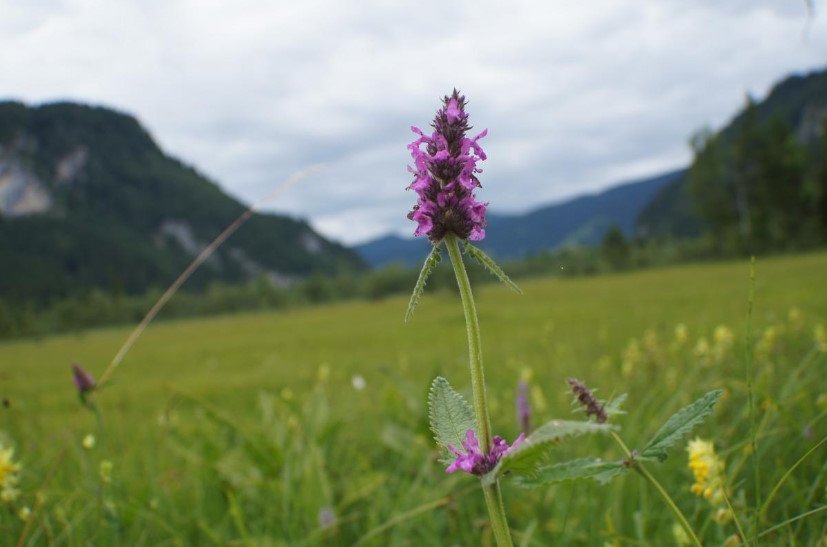
Flowers with a double whisk; bloom gradually, “moving” on the spikelet from the bottom up, which is why the apical inflorescence often looks “disheveled”. In July-September, fruits are formed-brown nuts, sitting on 4 pieces at the bottom of the Cup.
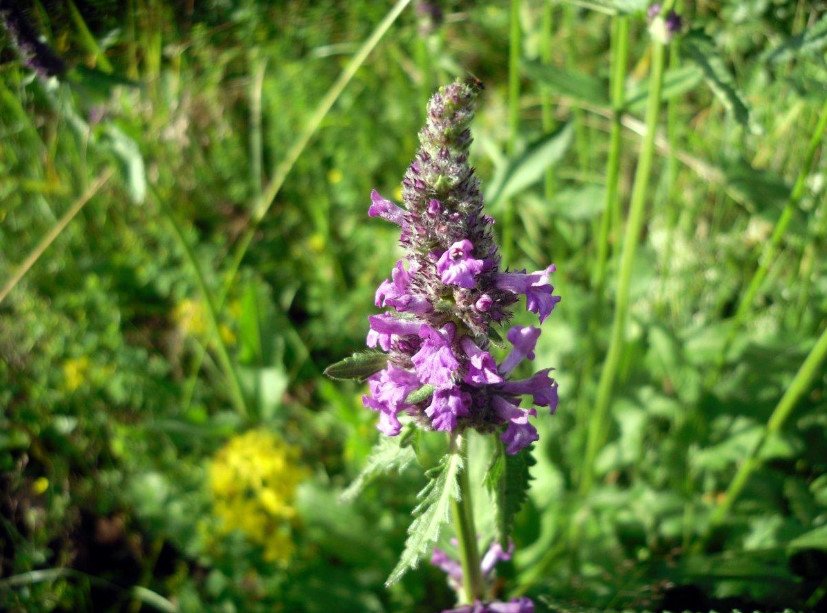
The rhizome of Betonica is short, fibrous, so when preparing medicinal raw materials, use scissors to avoid tearing the plant from the ground with the root.
What is the use of Betonica officinalis
The clue is in the name itself. Despite the fact that the official pharmacy does not use this plant, drop cap is widely used in folk medicine. Harvest grass during flowering, roots-in the fall (they are used less often, mainly as an emetic or laxative).
As part of the plant found tannins, bitter and resinous substances, alkaloids, choline, organic acids.
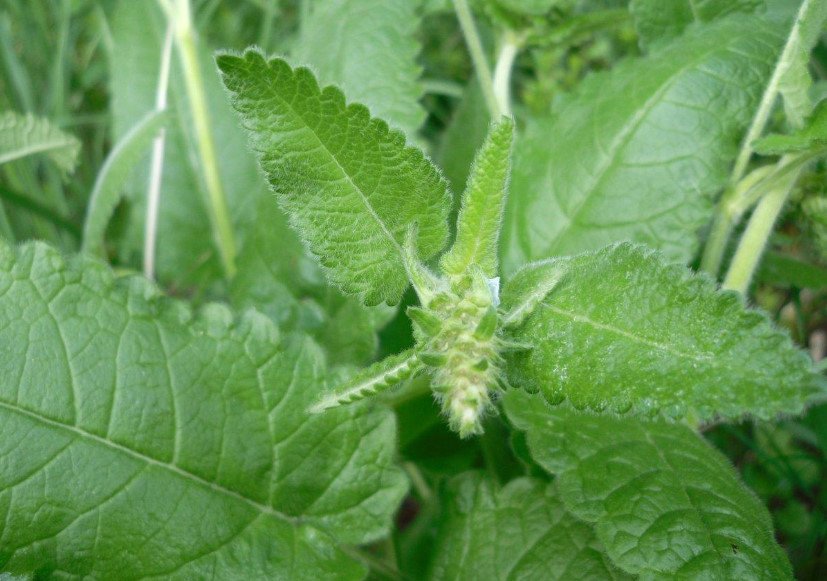
Betonica herb has astringent and anti-inflammatory effect, helps to suppress pathogenic bacteria and neutralize toxins produced by them, and therefore is used in gastrointestinal disorders. The roots of the plant (less often — grass with roots) can also be used as a light laxative; it is important to properly prepare a medicinal product.
Infusion Betonica is used to reduce blood pressure, and is also used as a diuretic and choleretic. Betonica is part of the choleretic mixtures and is used separately in the treatment of hepatitis, gout, polyarthritis, rheumatism.
The plant contains a substance that promotes blood clotting, which together with the anti-inflammatory properties of Betonica allows the use of herbal infusion for washing wounds and lotions that accelerate healing.
Also known is the expectorant and mild sedative effect of Betonica herb. Folk medicine uses the drugs of this plant in the treatment of persistent cough, bronchitis, pertussis, asthma. Decoction of drop cap is recommended for nervous exhaustion, frequent headaches.
Dried grass powder causes sneezing, so it has long been used as a snuff (for example, in chronic runny nose)
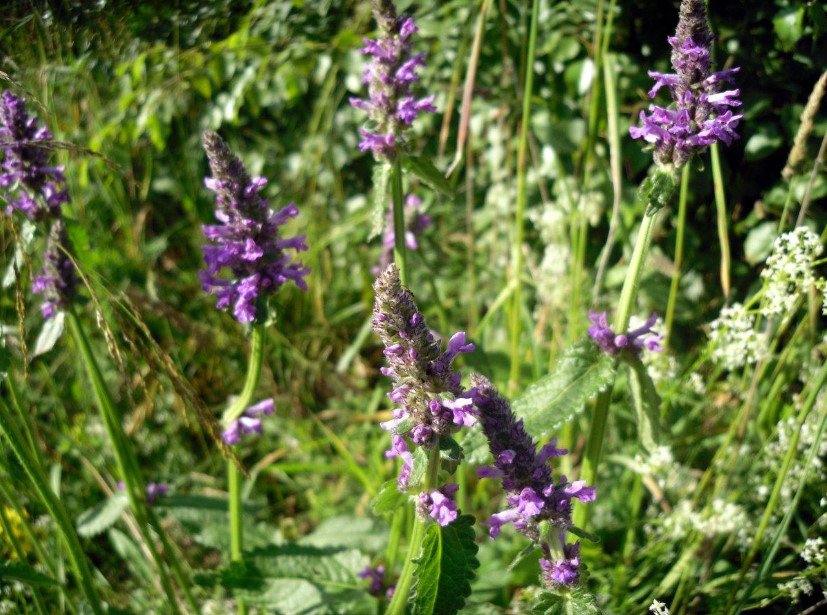
Like any medicinal plant, medicinal letter has its contraindications. It is not recommended to use the drugs of this herb in hypotension (due to the pronounced hypotensive effect). The ability of the plant to increase blood clotting can adversely affect health, if there is a tendency to form blood clots — in this case, the use of Betonica for medicinal purposes is also better to refrain.
Being distracted from medicinal properties, it is worth adding that it is simply beautiful. If you welcome in your garden wild herb note and it is an undemanding and useful plant. In addition, Betonica officinalis is a good honey plant that will attract bees and bumblebees to the site. Continuous use!
Do you have a letter growing?
